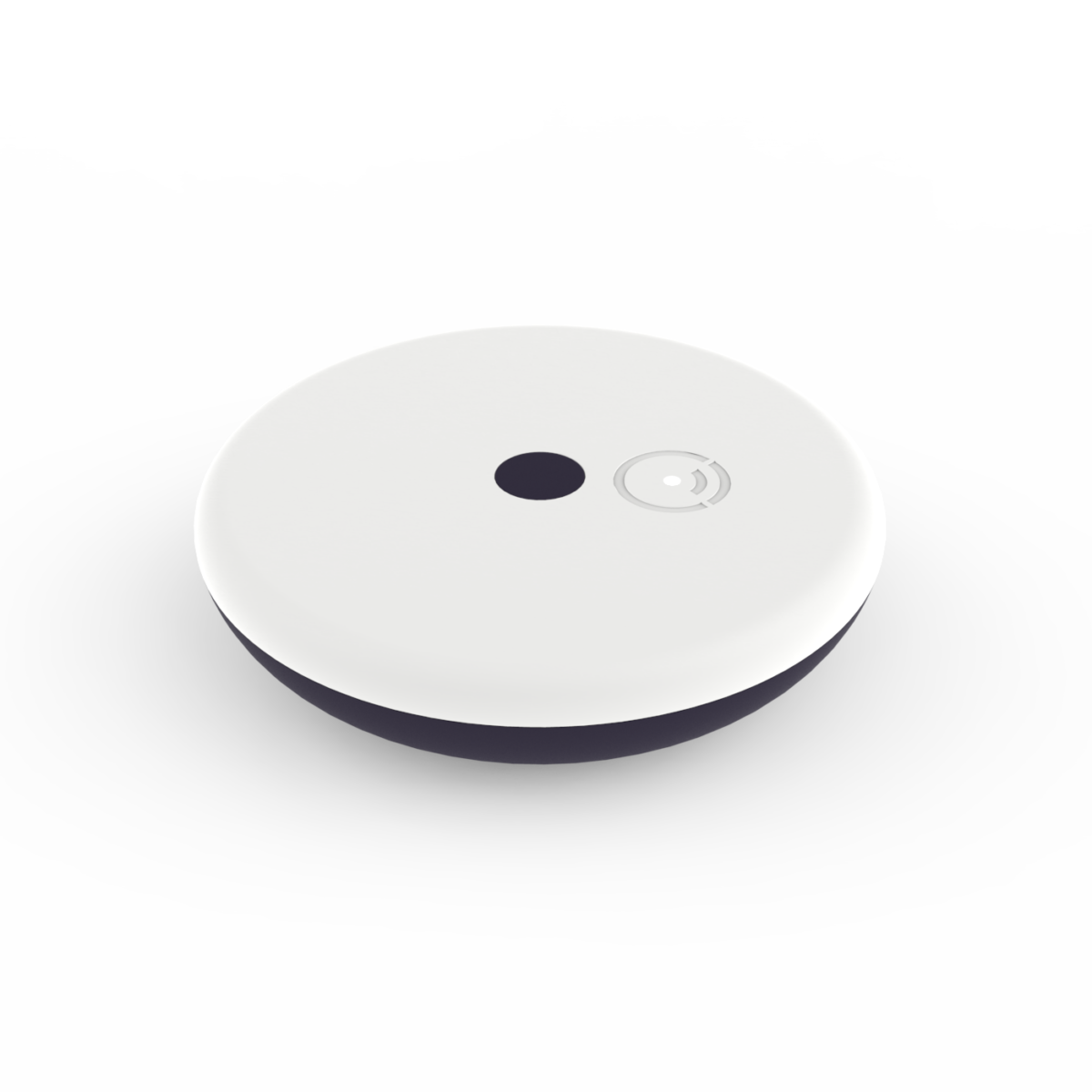Rapid Software Development Process
The IoT world is a fast-moving market and it is important to launch before everyone else.
MicroEJ helped in implementing a rapid software development process and allowed Otodo to accelerate the implementation phase of device protocols. Developers were able to develop on a simulator without dealing with hardware tuning issues. Moreover, component-oriented software architecture was a perfect fit for device protocol support collections. As a result, it took only 3 months to develop the product (July to September 2017), and Otodo was comfortable to present the final product at CES 2018.
Delayed Differentiation
While increasing the number of supported peripheral devices, Otodo anticipated a challenge in managing dynamic customization of each gateway according to its specific environment. Thanks to MicroEJ application store technology, Otodo is able to setup a flexible software content management to customize installed gateway behavior on demand. This allows Otodo to:
– anticipate product launches while adding addition support later;
– offer new services in the future, depending on competition and partnerships opportunities.
Increased Productivity of Engineering Teams
Software developer’s efficiency is driven by the available tools combined with a robust software architecture design. As the number of device protocols increases and the complexity of interface to the cloud raises, Otodo found MicroEJ technology benefits to include reusing software components while eliminating hardware hassles thanks to virtualization. This capability decouples firmware and application software concerns.
Reduced Maintenance Costs
Software maintenance of connected devices generally uses FOTA (Firmware update Over The Air) to update embedded software. But firmware is often complex to validate when changes occurs like adding a new device protocol and frequent changes rapidly become a time consuming. The alternative solution would be to include all protocols before hub shipping but it would increases electronic costs due to extended memory usage.
Otodo wanted to partially update their gateway by reducing the scope of firmware update. They were able to use the concept of partial update by considering each new protocol as an App available from their private application store powered by MicroEJ. The update of the gateway firmware is eventually reduced by a simple app installed from the Store, without impacting the rest of the gateway firmware.
As a result, software management requires less engineering resources as firmware integration and validation complexity is reduced by the partial software update using APPs concepts.



